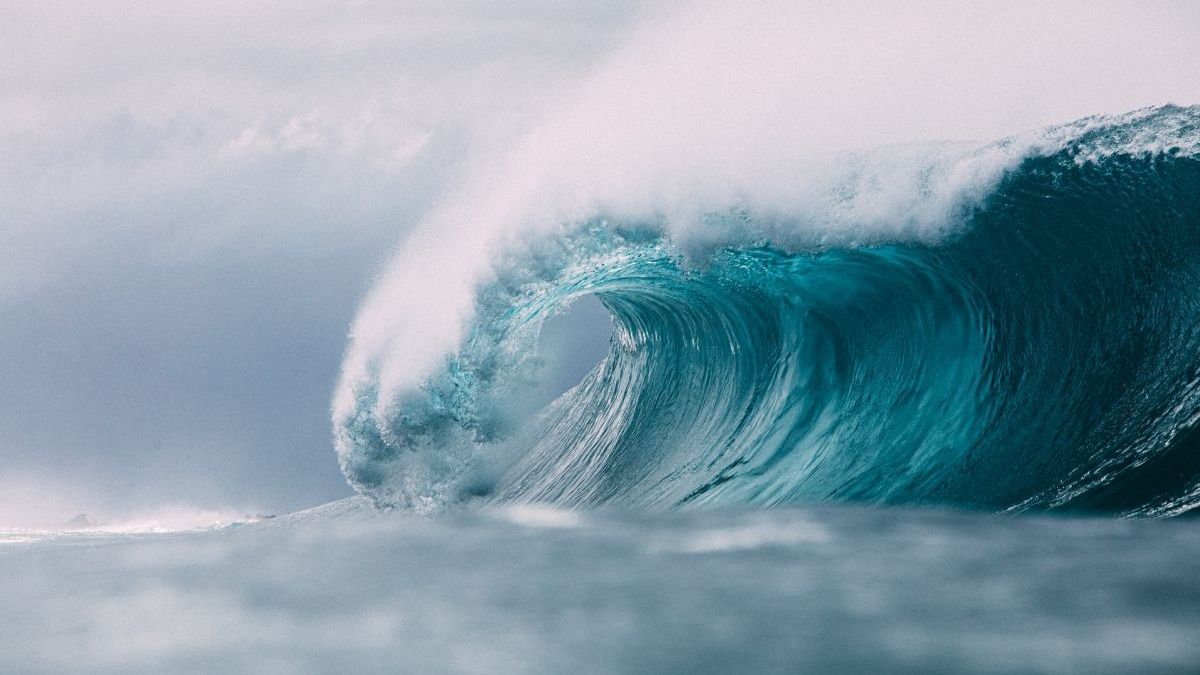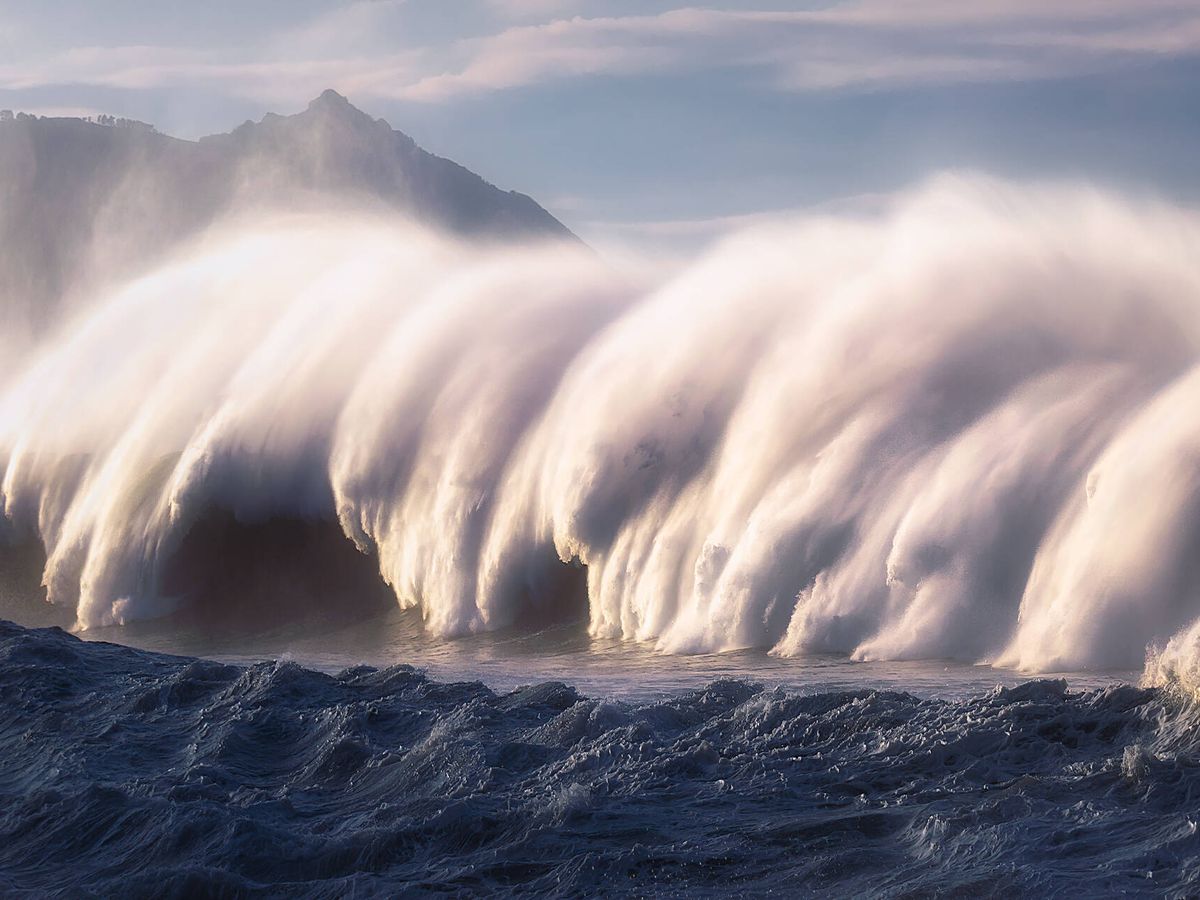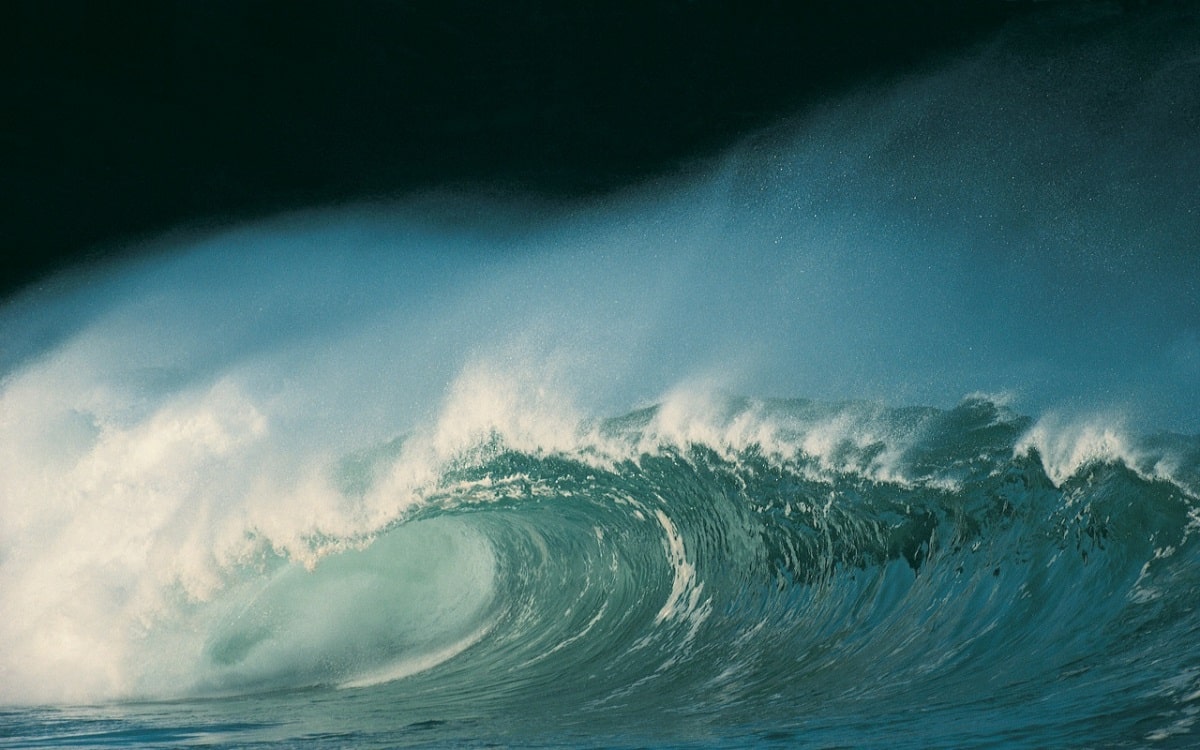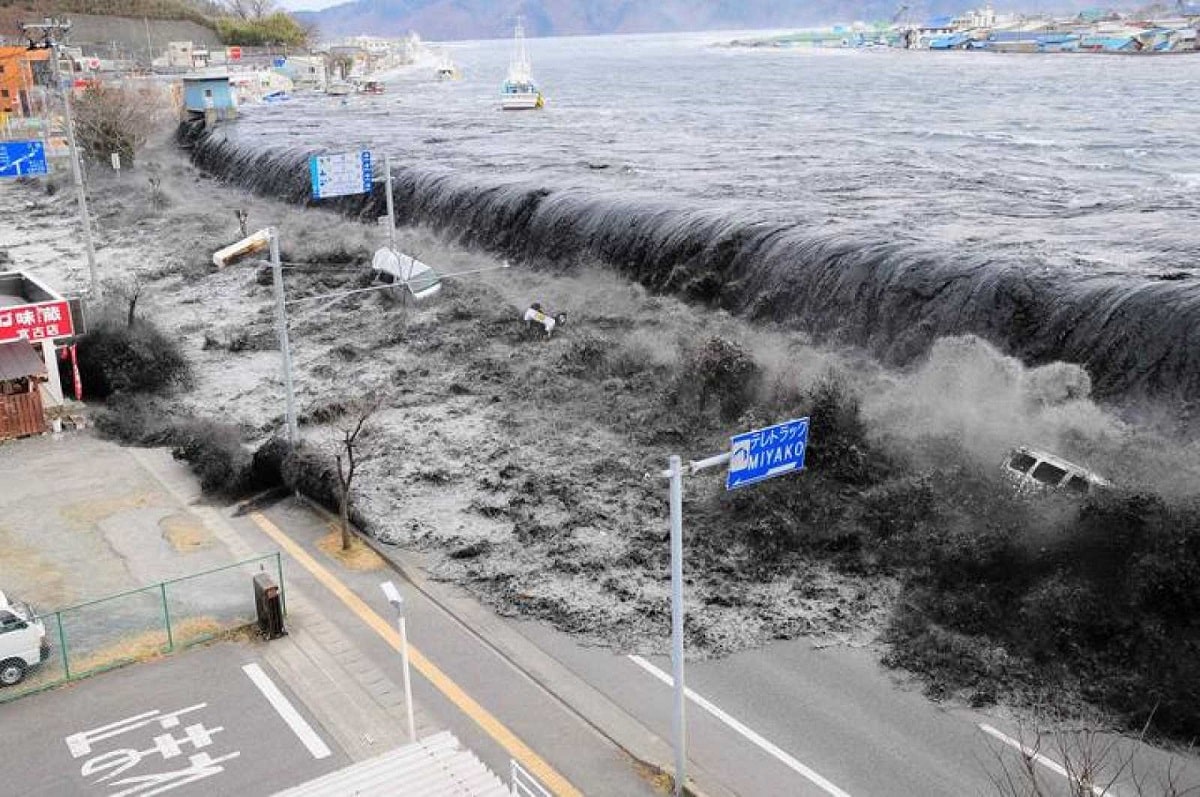
On the night of July 9, 1958, Alaska's Lituya Bay suffered one of the most dramatic events in living memory. An earthquake measuring 7,9 on the Richter scale shook the entire bay. The problem was not only the earthquake itself, but the waves it produced, more than half a kilometer high. The largest wave in recorded history. I was formed by world's largest tsunami known until today.
In this article we are going to tell you everything you need to know about the world's largest tsunami, its characteristics and the damage it caused.
The world's largest tsunami

The Fairweather Fault is located near Lituya Bay in Alaska. As such, it is an area of seismic activity, where one or another sizeable earthquake occurs every few decades. However, the one from 1958 is particularly high. In addition to that, another important factor was added: the rockfall that ended up in the water and created unprecedented waves.
It is estimated that 30 million cubic meters of rock fell from a height of about 900 meters. This crazy rock does nothing but cause huge waves. Although there are no graphic files of this moment or tools that can record it, there is later evidence. Decades later, when remnants of wave damage are still visible, we find evidence. A 2010 analysis of a nearby hillside revealed changes in the vegetation it had undergone. At about 500 meters high, there is an important change of younger vegetation than at the top. Geologists and researchers estimate that the waves could reach 524 meters in height.
Attempt to reduce harm

The relative closure of Lituya Bay did not help reduce disasters. Like a space of water surrounded by land, the wave sweeps away everything that is nearby and, in the same way, makes it taller by shrinking the space on the sides. It was so big that it swept the surrounding land and eventually spilled into the Gulf of Alaska.
The largest settlement at the time was Yakutat, which suffered relatively moderate damage considering the magnitude of the earthquake and the size of the waves. It is known that a total of three people died on the island of Yakutat, 200 kilometers from the bay, because some of them were buried in the sea. Back in the bay, two people in a fishing boat were also swept away.
The area is part of Glacier Bay National Park and Preserve, so the surrounding area is uninhabited, but three fishing boats were inside the bay when the earthquake struck. Vivian and Bill Swanson's ship Badger was carried into the mouth of the bay by waves "sliding through southern Alaska" and eventually sank. Fortunately, the marriage was rescued by another boat. Howard Uhlrich and his 7-year-old son managed to avoid the waves with their boat Edrie, heading towards them. But Orville Wagner and his wife were crushed to death by a wall of water aboard the Somermore.
In Yakutat, the only permanent settlement near the epicenter at the time, infrastructure such as bridges, docks and pipelines were damaged. A tower collapsed and a cabin was damaged beyond repair. Sand boils and fissures appeared off the southeast coast, and undersea cables supporting Alaska's communications system were severed.
The waves of the largest tsunami in the world caused damage to the vegetation of the promontory around the area where the rock fell, up to 520 meters high, as well as on the coast of the bay.
seismic geology

What happened in Lituya is a peculiarity of the so-called giant tsunamis. Only waves over 100 meters fall into this category. The area of Alaska where the earthquake occurred is located on a fault line whose movement caused the great earthquake. The Lituya Bay area has a history of tsunami events, but the eThe 1958 event was the first to be recorded with sufficient data.
While it is still debated what combination of factors produced such a ripple level, it is clear that it was the earthquake that caused 30 million cubic meters of material to break off the glacier. Also, the entrance to the bay is very small, which means that a considerable body of water is actually enclosed between the mountains. This terrain has an inherent tendency to cause large waves, either through landslides or earthquakes.
A 2010 study concluded that a "double slide" event was more likely: a rockslide struck very close to the head of the Lituya Glacier, causing some 400 cubic meters of ice to break off the front finger of the glacier, and probably a massive injection of water under the glacier. The lightened glacier rises before it sinks, and a large amount of trapped fill (subglacial and preglacial sediments) that has been trapped under the glacier and loosened by earthquakes is almost immediately released as a second, larger transition.
The world's largest tsunami and melting glaciers
Scientists explain the consequences of melting. Alaska has some of the largest glaciers in the world, which can be more than a kilometer thick and cover hundreds of square kilometers. The weight of the ice causes the land to sink, and when the glaciers melt, the ground rises up again, like no more squeezable sponge. It just so happens that global warming is causing a net loss of ice, so the rise of the earth is a more common phenomenon than in the centuries before the Industrial Revolution.
The terrain elevation has two components. On the one hand, there is what experts call the "elastic effect", which occurs when the ground rises again relatively immediately after a block of ice that presses with its weight disappears. On the other hand, there is the so-called terrestrial "mantle effect", which then flows back into the region to make room.
Researchers have found a link between mantle spreading motion and a large earthquake in southeastern Alaska, where glaciers have been melting for over 200 years. Southern Alaska is located at the junction of the North American continental plate and the Pacific plate. These plates move against each other at a rate of about five centimeters per year, causing frequent earthquakes.
I hope that with this information you can learn more about the world's largest tsunami and its characteristics.